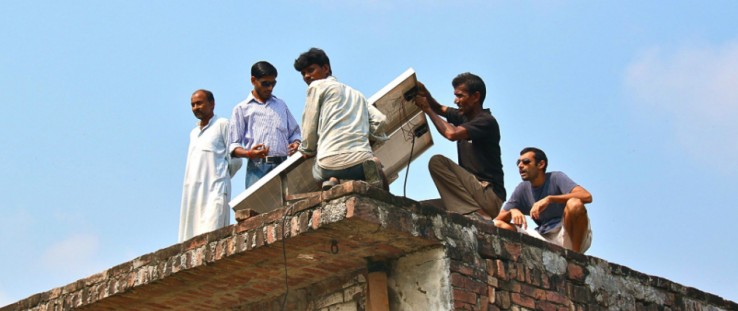 Mera Gao Power’s community-level solution
Anna da Costa
Mera Gao Power’s community-level solution
Anna da Costa
 Mera Gao Power’s community-level solution
Anna da Costa
Mera Gao Power’s community-level solution
Anna da Costa
According to estimates from the Government of India, 300 million people, comprising 61 million households, live without power. While the World Resources Institute has estimated the market for off-grid energy products in India at $2 billion, an extremely small fraction of that market is currently being served by NGOs and the private sector.
Households off the electrical grid currently rely on low-quality energy sources like kerosene, wood, diesel, candles and disposable batteries. These sources have detrimental public health effects, a negative effect on the environment, and are not cost-effective.
In 2011, Mera Gao Power (MGP) applied to DIV with a new idea for a village-level solar microgrid—a small-scale electrical system powered by solar panels—to provide electricity to off-grid Indian villages. The unique village-level design of MGP grids allows communities to share the risk and cost of investing in solar power and invest in the system collectively, avoiding the prohibitively high cost and low reliability of many household-level systems on the market.
Using $300,000 in DIV Stage 2 funding, MGP was able to improve the cost-effectiveness of its microgrid design, reducing the cost of a microgrid capable of providing power to 50 homes by one-third, from $3,000 to $1,000.
Construction time was reduced from one week to one day per village. A three-person team can now construct the backbone of the microgrid within a few hours and connect customers by the end of the same day. By the end of the DIV award, MGP expanded services to nearly 2,400 households across 120 villages, far exceeding the original goal.
Today, MGP microgrids are bringing light to 25,000 people in 222 villages at a lower cost than the dirty and dangerous kerosene, and even provide more hours of service than some parts of the national grid.
By proving out their business model, MGP secured equity financing in February 2013 from Insitor Management, an impact investment firm that is providing funds for expansion into Southeast Asia. As of April 2013, MGP brought in more revenue than it spent in operational costs, demonstrating that providing power to consumers who live at and below the poverty line. Households can generate both profits and social impact.







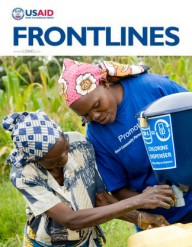

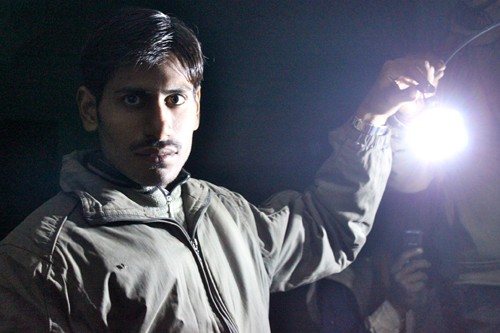
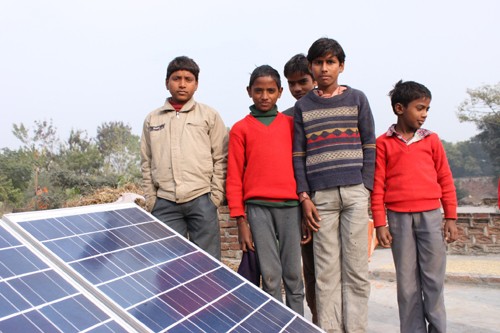
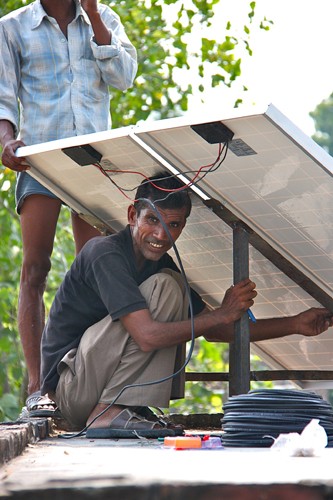

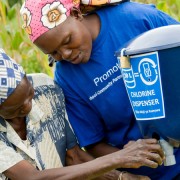
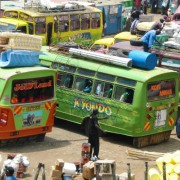
Comment
Make a general inquiry or suggest an improvement.